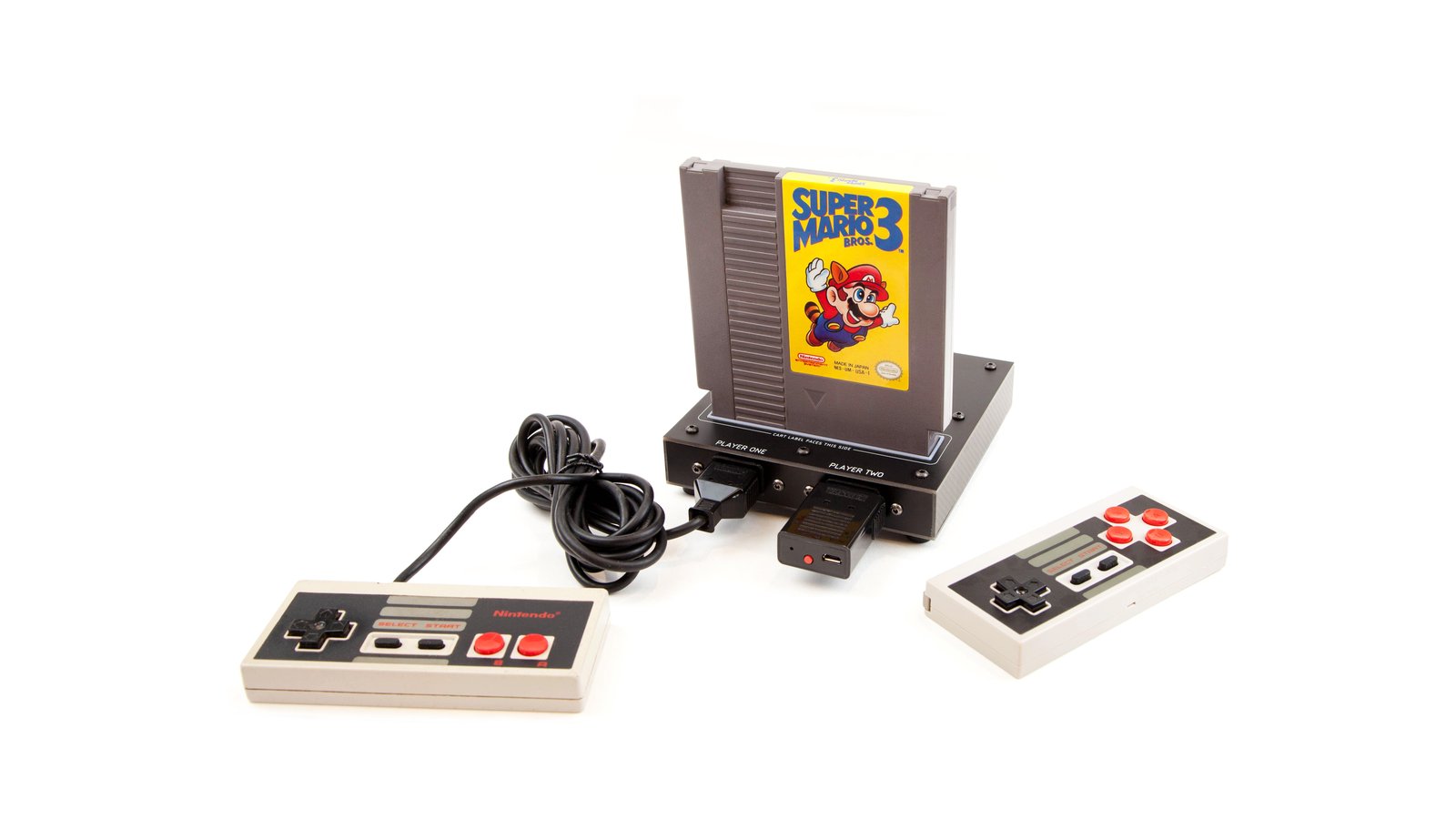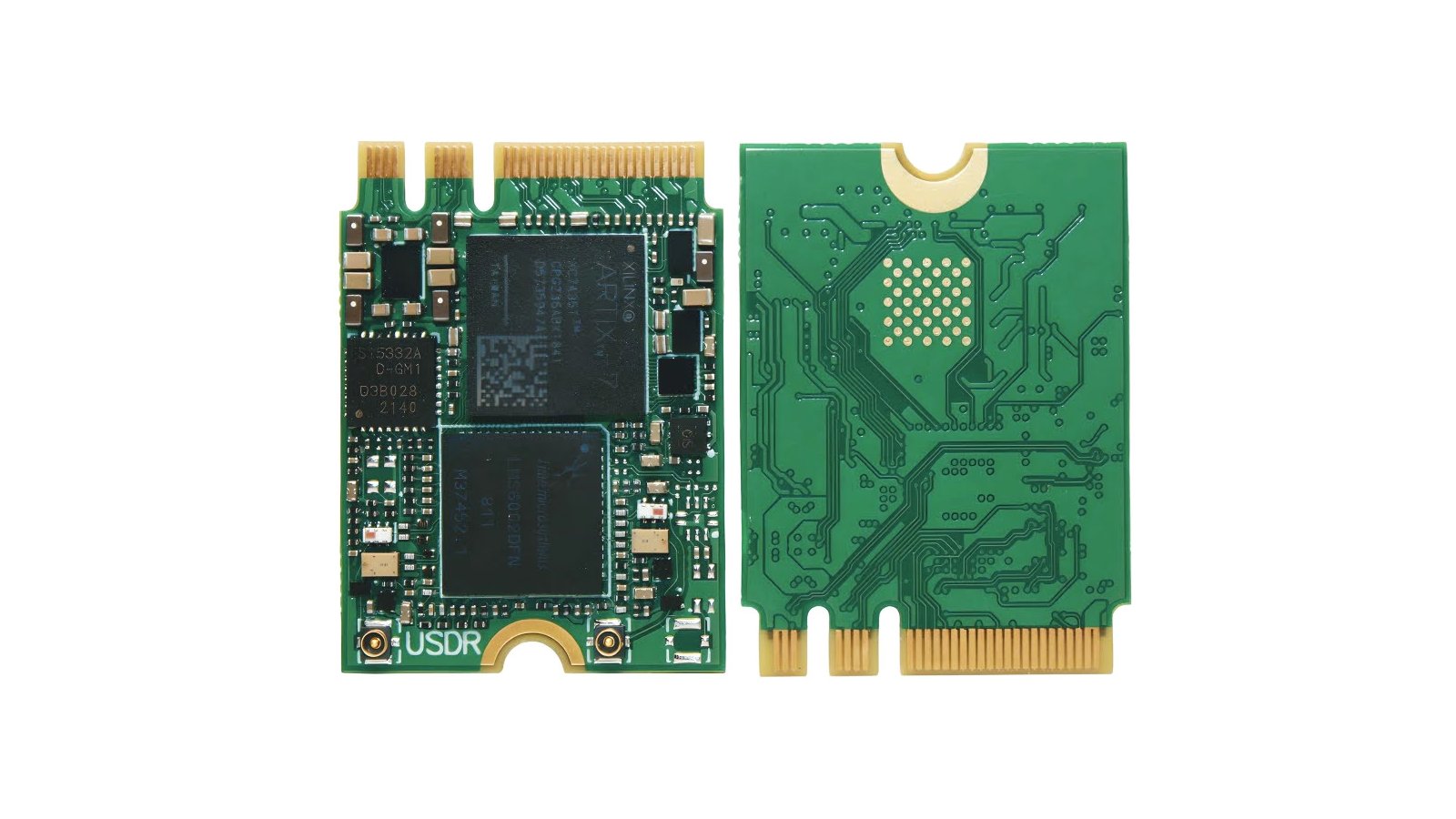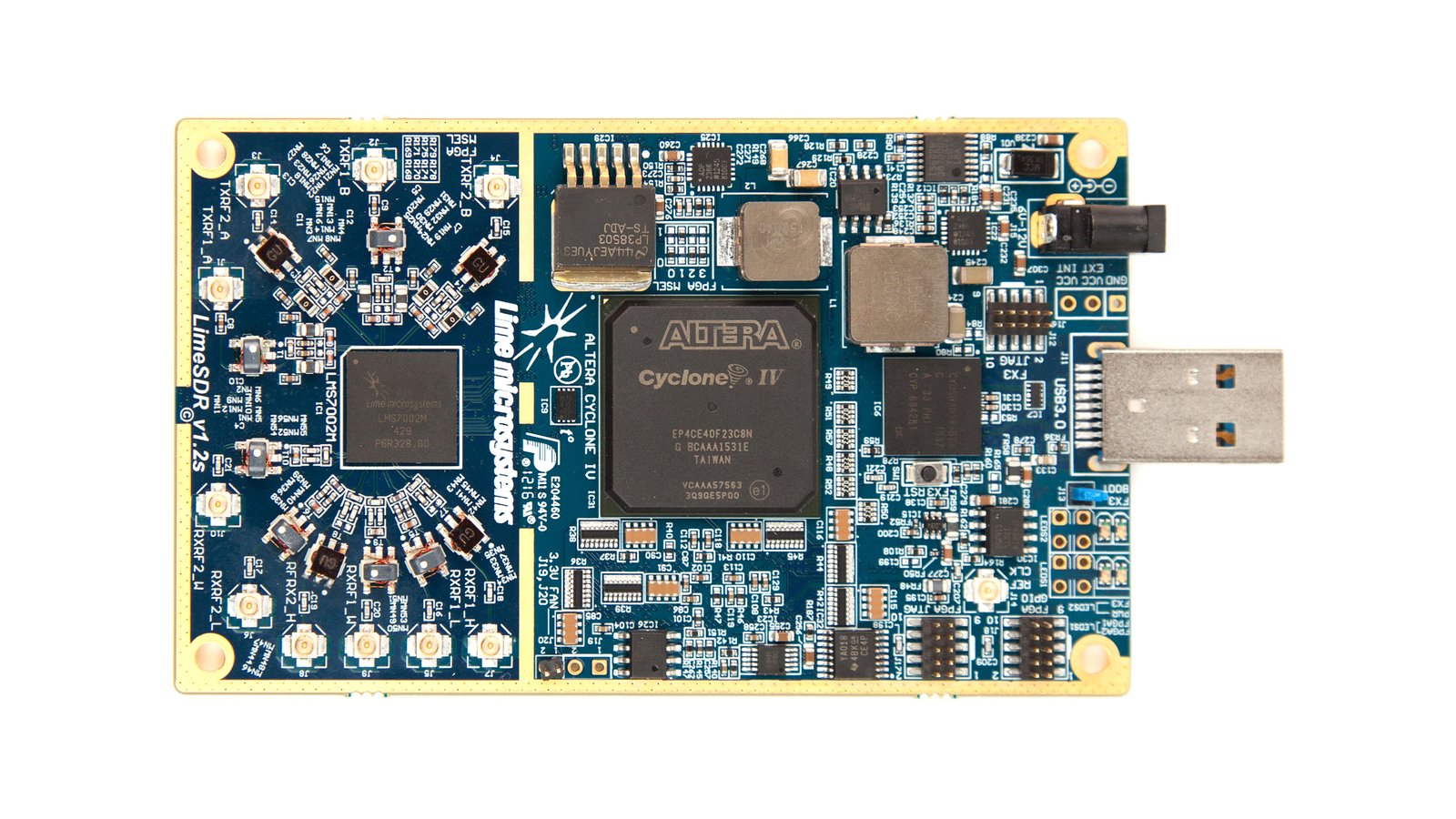Decent Labs
Software Defined Radio
Decent Labs
Software Defined Radio
Spacewalker LNA 434 MHz was developed to combat real-world satellite reception difficulties. In urban environments, it’s often difficult to receive PocketSat and CubeSat signals amidst strong DVB-T, TETRA, FM, and LTE signals from densely packed transmitter towers.
It was inspired by attempts to pick up signals from the MRC-100 pocket satellite. After many experiments and measurements, a novel low-noise amplifier circuit was devised to help city dwellers cut through the RF chatter.
We’ve designed Spacewalker LNA 434 MHz to receive otherwise weak satellite signals in areas with a lot of RF interference. To test our design, we have several SatNOGS stations up and running in Europe. You can see a batch of prototype PCBs being assembled in this video:
These have been running for a few months and are working nicely. Our own SatNOGS station is located in Dány, Hungary. Other SatNOGS stations are also using our prototype LNAs now: Mátra Mountains, Hungary, thanks to András Pál and the Netherlands, thanks to Jan van Gils. Special thanks to Scott Tilley, too, for taking the time to test our LNA comprehensively and for his excellent feedback!
You can view schematics of Spacewalker LNA 434 MHz on GitHub.
You can sign up at the top of this page to be notified when the campaign launches and to receive other updates. We only send out relevant content, and you can unsubscribe at any time.
Spacewalker LNA 434 MHz is part of Qorvo RF Accelerator
QPL9547
· RF Amplifier
one of the best price-to-value LNAs on the market, with great NF and other RF properties
"Spacewalker LNA is designed to improve reception of PocketSat and Cubesat satellite signals when received with SDR devices like the RTL-SDR."

We are a group interested in researching and applying technologies and governance structures that will make the world more resilient, safe, and inclusive.

Classic NES games on open source hardware that fits in the palm of your hand

A tiny, single-sided M.2 SDR board that you can operate easily using your web browser

Flexible, next-generation, open source software-defined radio